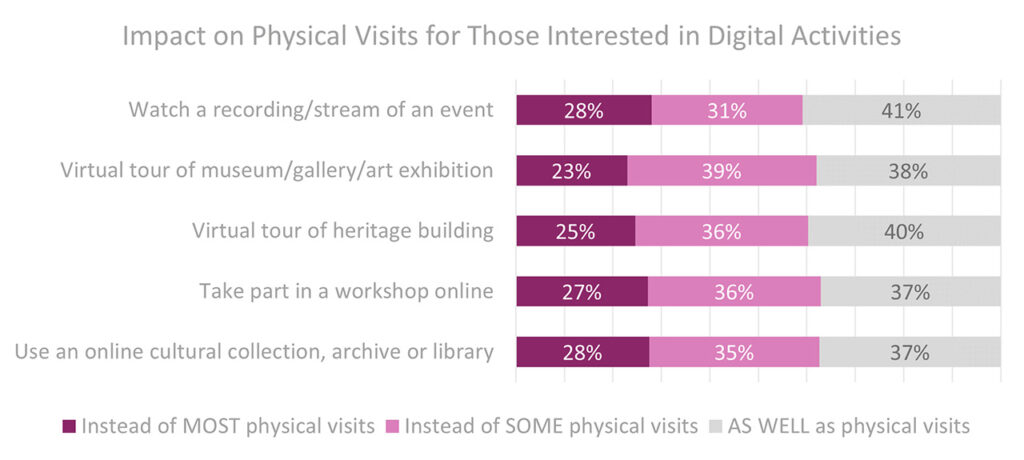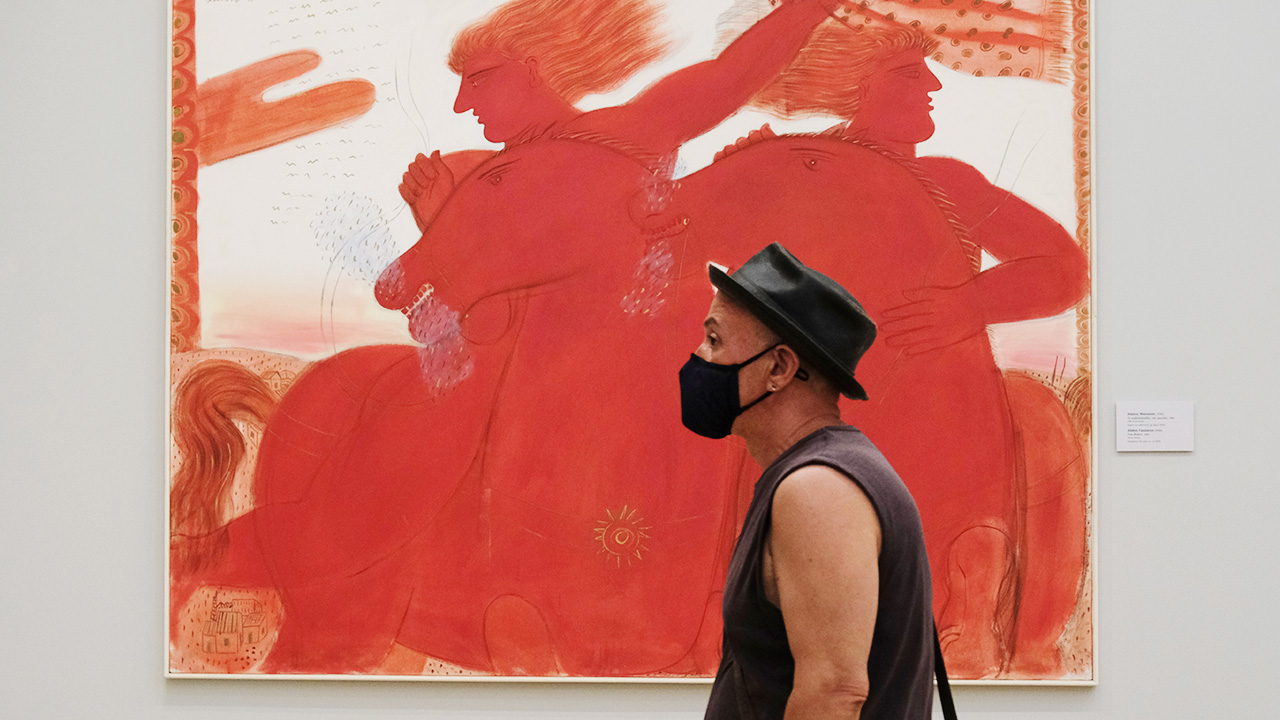After a year of engaging cultural enthusiasts from the other end of a screen, museums now face the challenge of enticing former and future visitors back into their physical spaces.
To assist museums and venues in gauging the level of and requirements for audience recovery in the cultural industry, the Audience Agency released the third wave of its Cultural Participation Monitor, a year-long survey that assesses UK audience sentiment toward cultural activities throughout the pandemic. Based on online fieldwork from June 4 to 10 of this year, the report listens in on 2,002 respondents’ concerns and expectations regarding their return to museums and cultural venues. Here are three main learnings from the report.
Enthusiasm for onsite participation remains wane
Despite the UK’s rising vaccination rates and falling case rates, audiences continue to cite health concerns as a deterrent to museum attendance. The percentage of audience who strongly agreed or agreed that they were concerned about “falling ill with COVID-19” saw a 3 percent drop from the Monitor’s February 2021 survey, representing a positive if slow and small shift.
Additionally two-thirds of previous attendees of live events indicated no immediate intention of returning to physical participation in the near future, signaling to cultural institutions the need to assure audiences with ample health and safety precautionary measures, and lure them back with attractive in-person offerings. The Cultural Participation Monitor found a full 68 percent of respondents, after all, did indicate that arts activities they undertook over the pandemic had a positive impact on their well-being.
The increasing appetite for digital

After a year of remote living and working, a substantial number of respondents in the findings reported a willingness to replace in-person event engagement with digital offerings, even post-COVID. Notably, a majority of respondents indicated that they would watch a recording of an event or take a virtual tour of an exhibition in place of most or some physical visits, suggesting that museums should take stock of an increasingly digitally-inclined audience. In addition to their onsite offerings, institutions should consider maintaining robust online programs to cater to viewers’ new habits and appetites, and reach audiences regardless of their geographic locations. This new hybrid format will have its audience: up to 41 percent of respondents stated a willingness to attend both virtual and physical events.
An openness to digital enhancements of physical events
Rather than being satisfied with websites as just handy extensions of physical exhibits, close to half of respondents in the study are interested in cultural experiences that combine online and physical components. Importantly, around a third of audiences would actually spend more for in-person events that incorporate digital activity as part of their core content.
This finding highlights a growing audience appetite for forward-thinking cultural activities that respond to increasing trends in the art and technological world, whether that be the hype around NFTs or participatory mediums such as virtual and augmented realities. Cultural institutions can potentially respond by complementing their onsite events with online programs that allow for digital interactivity (33 percent of respondents showed an interest) or virtual reality experiences (35 percent).



